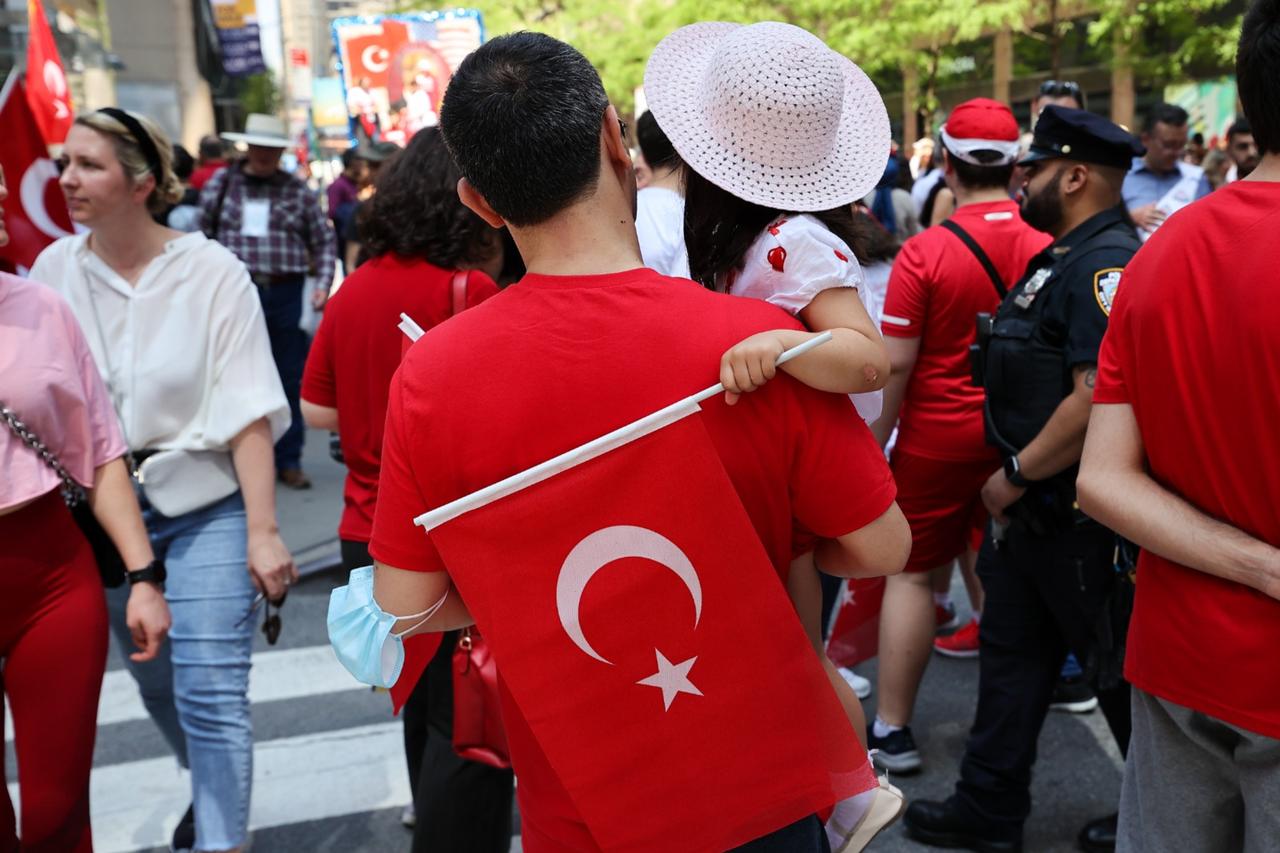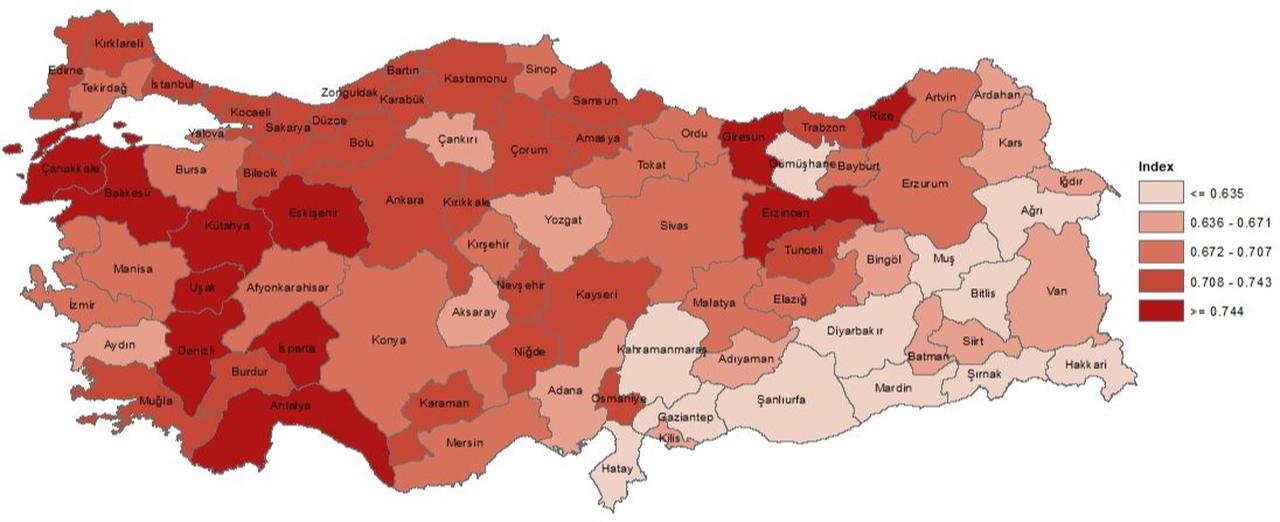
Türkiye has released its province-level data on the Human Capital Index (HCI), a key indicator that measures a child’s likelihood of becoming a productive adult based on current health and education conditions. The index is calculated on a scale between 0 and 1, where higher values indicate stronger potential.
According to data from the Turkish Statistical Institute (TURKSTAT) covering 2021–2023, the national HCI stood at 0.693 in 2021, rose slightly to 0.696 in 2022, but slipped by 0.9 percent to 0.690 in 2023. The figures reveal both steady progress and setbacks, reflecting challenges in education and health sectors at the local level.
The HCI is broken down into components such as survival, health, and education. In 2023, survival rates dipped by 0.3 percent to 0.985, while health improved slightly by 0.2 percent to 0.966. Education, however, fell by 0.8 percent to 0.725, pulling down the overall score.

The comparison with European Union member states highlights where Türkiye stands in a broader context. The E.U.-27 average HCI in 2020 was 0.730, positioning Türkiye below the bloc’s mean. Finland (0.796), Sweden (0.795), and Ireland (0.793) recorded the highest scores in Europe, while Romania (0.584), Bulgaria (0.614), and Slovakia (0.665) ranked at the bottom.
This gap underscores persistent disparities between Türkiye and advanced E.U. countries, particularly in education quality and access. At the same time, Türkiye’s national average surpasses the weakest performers in the E.U., suggesting that certain provinces align more closely with mid-range European levels.

The newly released provincial data for 2023 points to significant variation across Türkiye. Canakkale emerged as the top performer with an HCI of 0.781, placing it near the E.U. average and on par with some Central European regions. Antalya followed with 0.761, and Erzincan ranked third at 0.756. Eskisehir (0.755) and Rize (0.749) rounded out the top five.
These provinces demonstrate stronger outcomes in survival, health, and particularly education compared with national averages. The results also suggest that smaller provinces like Erzincan can compete with larger, resource-rich areas, indicating the importance of local policy and governance in shaping child development opportunities.

At the other end of the spectrum, Sirnak recorded the lowest HCI in 2023 at 0.599, significantly below the national average. It was followed by Agri, Sanliurfa, Gumushane, and Mus. The data highlight deep regional disparities, particularly in Türkiye’s southeast, where challenges in healthcare access, school attendance, and economic stability weigh heavily on human capital development.
The uneven distribution underscores the need for targeted investment in education and health infrastructure in lagging provinces. Without such measures, the national average risks being held back by persistent regional inequality.
Looking at change over time, some provinces have made notable gains. Canakkale improved by 0.026 points, followed by Usak (+0.022) and Siirt, Antalya, and Erzincan (all +0.017). These increases suggest effective local policies and resilience despite nationwide economic headwinds.
On the other hand, Hatay experienced the steepest decline, losing 0.066 points. Adıyaman (-0.059), Kahramanmaras (-0.048), Manisa (-0.024), and Malatya (-0.022) also posted significant drops. These declines reflect both structural issues and, in some cases, the compounded effects of natural disasters and economic disruptions over the past two years.
The introduction of province-level HCI data offers an unprecedented look into how children’s futures differ across Türkiye. For policymakers, it provides a roadmap for identifying regions most in need of investment. For families, it offers a sense of where health and education conditions are most favorable.
More broadly, the data point to a central challenge: raising the national index closer to E.U. averages will depend not just on sustaining improvements in leading provinces like Canakkale or Antalya but also on bridging the gap with struggling regions such as Sirnak and Agri.